 Clermont Steamboat Article
Clermont Steamboat Article
Entry Type: Event - Starting with C
 Clermont Steamboat Article
Clermont Steamboat Article
 Clermont Steamboat Article
Clermont Steamboat Article
 William J. Clinton Presidential Center and Park Dedication
William J. Clinton Presidential Center and Park Dedication
Closson, William (Lynching of)
Coal Hill Convict Lease Investigation (1888)
Colbert Raid
 George Cole Lynching Article
George Cole Lynching Article
Cole, George (Lynching of)
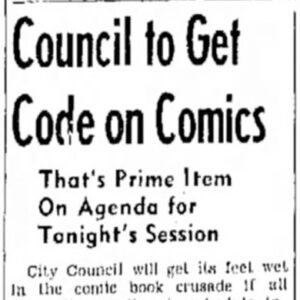 Comic Book Ban Article
Comic Book Ban Article
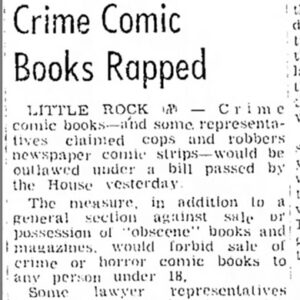 Comic Book Ban Article
Comic Book Ban Article
 Comic Book Ban Article
Comic Book Ban Article
 Compress Loss
Compress Loss
Confederate Flag Day
Congress and Saladin, Collision of
Constitutional Conventions
 Convict Lease Article
Convict Lease Article
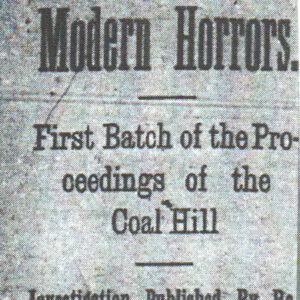 Convict Lease Article
Convict Lease Article
 Convict Lease Article
Convict Lease Article
 Convict Lease Article
Convict Lease Article
Conway-Crittenden Duel
aka: Crittenden-Conway Duel
Cooper v. Henslee
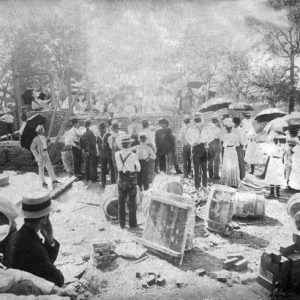 Corning Courthouse Cornerstone Ceremony
Corning Courthouse Cornerstone Ceremony
Coronavirus Disease 2019 (COVID-19) Pandemic
Corvett, George (Lynching of)
Cosgrove, Charles (Execution of)
Cote Joyeuse and Talma, Collision of
Cotter Expulsion of 1906
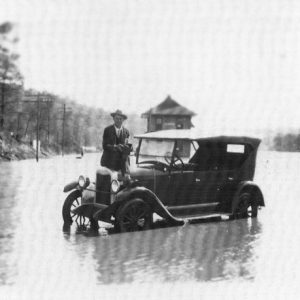 Cotter Flood
Cotter Flood
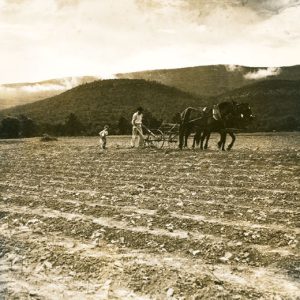 Plowing a Cotton Field
Plowing a Cotton Field
Cotton Pickers Strike of 1891
 Cotton Pickers Strike Article
Cotton Pickers Strike Article
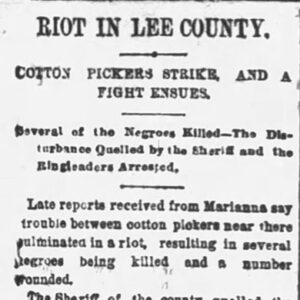 Cotton Pickers Strike Article
Cotton Pickers Strike Article
Cotton Plant, Affairs at
Cotton, John (Lynching of)
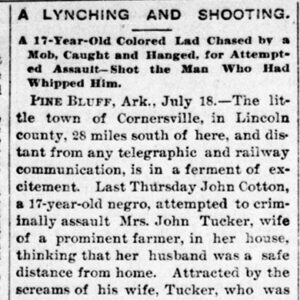 John Cotton Lynching Article
John Cotton Lynching Article
Covington, Riley (Reported Lynching of)
Coy, Edward (Lynching of)
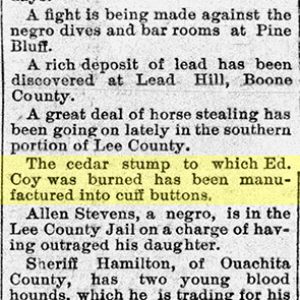 Edward Coy Lynching Article
Edward Coy Lynching Article
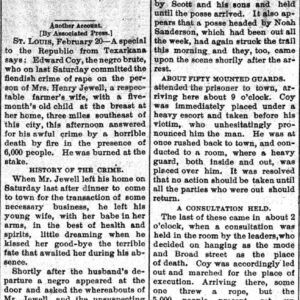 Coy Lynching Article (AP)
Coy Lynching Article (AP)
 Coy Lynching Article
Coy Lynching Article
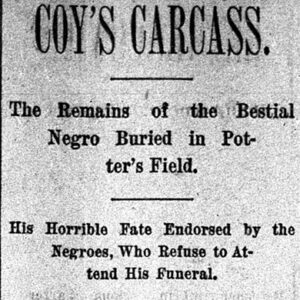 Coy Lynching Article
Coy Lynching Article
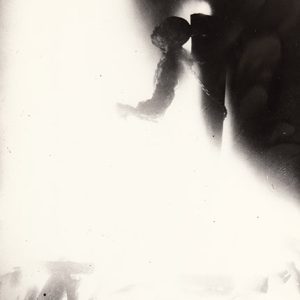 Edward Coy Lynching
Edward Coy Lynching
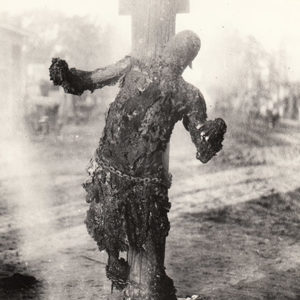 Edward Coy Lynching
Edward Coy Lynching
Craighead and Lawrence Counties, Scout in
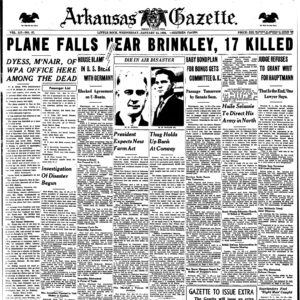 Crash Headline
Crash Headline
 Cooking Crawfish
Cooking Crawfish
Crawford County Executions of 1843
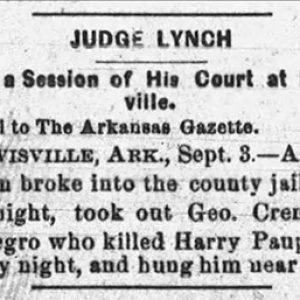 George Crenshaw Lynching Article
George Crenshaw Lynching Article




